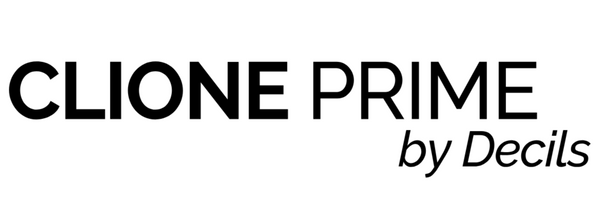
How to Prevent Eye Irritation During the Lash Extension Application Process
Lash extensions have become a popular beauty trend, offering longer, fuller, and more captivating eyelashes. However, the application process can sometimes lead to discomfort or irritation for some clients. To ensure a pleasant lash extension experience, it is crucial to understand how to minimize the risk of irritation.
The materials and adhesives
One of the primary causes of discomfort during lash extension applications is an allergic reaction to the materials used. Synthetic fibers like PBT (Polybutylene Terephthalate), designed to mimic the natural look and feel of human lashes, typically make quality lash extensions. For the adhesive, cyanoacrylate-based glues are common due to their strong bonding properties. However, they can release fumes that may irritate sensitive eyes.
Tip: Always ask your lash technician about the types of materials and glues they use, and let them know if you have a history of sensitive skin or allergies.
Select a qualified lash technician.
The expertise of your lash technician plays a significant role in preventing irritation.
- Certification and Training: A well-trained technician will know how to apply lashes correctly to avoid any damage to your natural lashes or irritation to the eyelid.
- Sanitation and Hygiene: Hygiene is paramount. Ensure that your lash professional follows proper sanitation practices to minimize the risk of infection.
LASH EXTESION
Conduct a patch test
A patch test can determine if you have sensitivity to the adhesive or lash materials. Do this test at least 24-48 hours before applying a full set of lashes.
Tip: Schedule a consultation with your technician to conduct a patch test before your full appointment.
Proper application technique
In order to prevent discomfort, the application technique is crucial.
Isolation of Lashes: Adhere each synthetic lash to a single natural lash. Clumping multiple natural lashes can lead to irritation or even damage.
Lash Length and Thickness: Choosing the right length and thickness of lash extensions similar to your natural lashes will prevent excess pressure and irritation.
Environmental management
The environment in which you apply lash extensions influences the risk of irritation.
- Ventilation: To dissipate fumes from the adhesive, adequate ventilation is needed. Good airflow can significantly reduce discomfort from these fumes.
- Lighting: Proper lighting is important for precise lash application, but ensure it's not so bright that it causes eye strain or requires squinting.
Pre-Application Preparation
Before the application begins, some preparatory steps can help minimize irritation.
- Clean Lashes: Ensure your lashes are clean and makeup-free to prevent infection and allow better adhesive bonding.
- Under-eye Protection: A high-quality under-eye gel pad can protect the skin and lower lashes, reducing the risk of irritation.
Communication During the Application
Open communication with your lash technician throughout the process is crucial.
- Speak Up: If you begin to feel any burning or discomfort, inform your technician immediately. They may need to adjust their technique, the materials, or your position to alleviate discomfort.
- Relaxation: Maintaining a relaxed state during the application can lessen the impulse to blink excessively or move your eyes, both of which can exacerbate irritation.
Aftercare Instructions
Proper aftercare following lash extension application will further prevent any itchiness, redness, or irritation.
- Avoid Rubbing: Avoid rubbing your eyes, which can not only irritate but also dislodge the newly applied extensions.
- Avoid Moisture: Keep your lashes dry for the first 24-48 hours after application.
- Cleaning Routine: Use gentle cleaning products recommended by your lash technician.
- Regular Maintenance: Regular fills and proper maintenance can prevent overloading of lashes, which may cause discomfort.
Recognizing and managing eye irritation
Despite taking preventative measures, irritation may still occur.
- Irritation symptoms: Redness, itching, or swelling may indicate an irritation or allergic reaction.
- Treatment: If irritation occurs, do not attempt to remove the lashes yourself. Contact your lash technician for advice, and seek medical attention if necessary.
Key takeaways
Lash extensions can be a wonderful beauty enhancement when applied correctly and with care. By understanding the process and taking precautions, you can greatly minimize the risk of eye irritation. Remember, lash extensions should provide comfort throughout their wear, and a professional should address any persistent discomfort. Keep your eyes safe, and enjoy the beauty of your new lashes with peace of mind.
